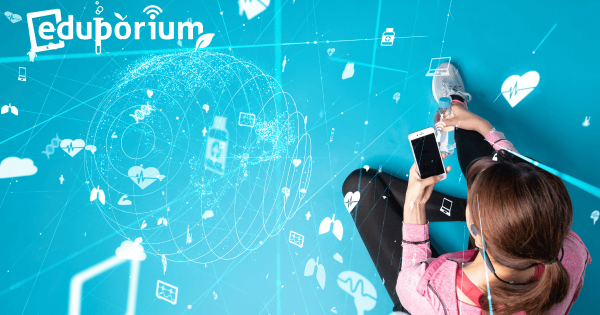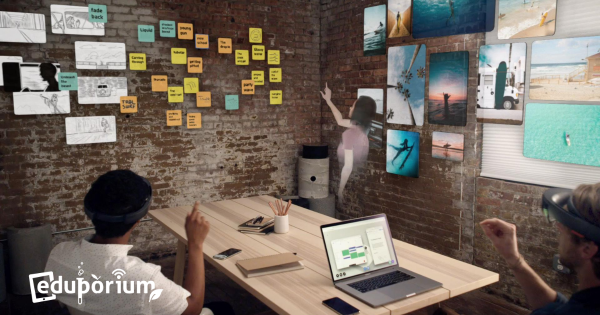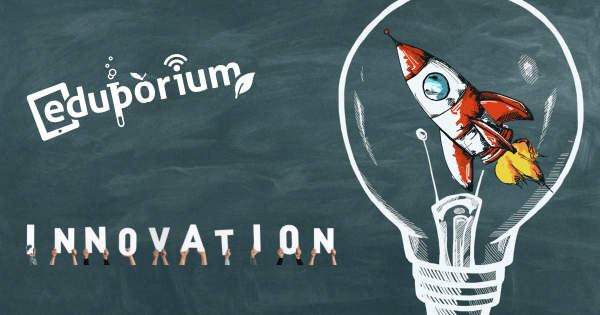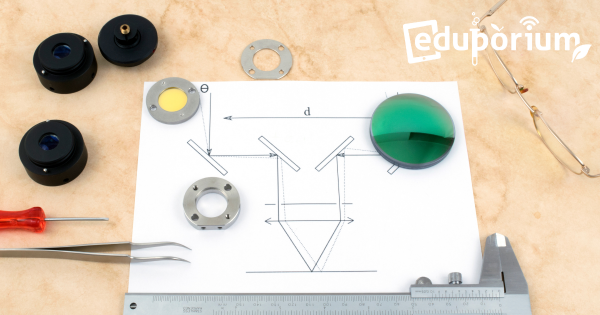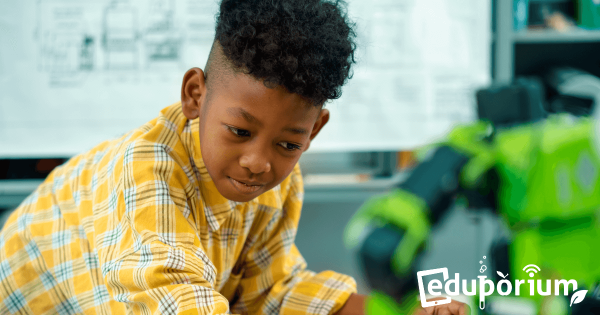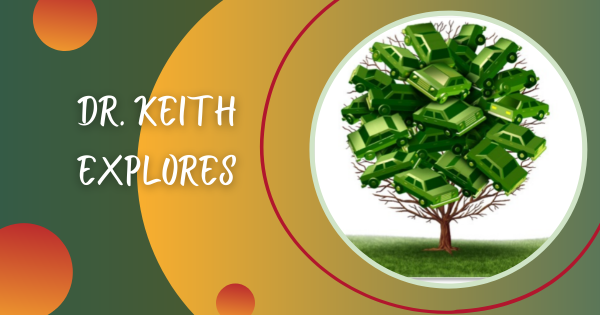In 21st century education, teachers try to prepare students for a world with technology, hands-on work, and the unknown. Most teachers know about the importance of equipping students with the hard and soft skills they will need in the “real world” and it’s usually their lack of strong resources—not their quality of instruction—that interferes with this challenging process.
Innovation
-
Eduporium Weekly | Are You Future Ready?
It’s time to replace pencils and notebooks with programmable robots and problem-solving courses that focus on interactively developing an unrelenting desire to improve creativity and inquiry-based knowhow. Strategies tend to differ as there are lots of different considerations to take into account, like grade level, affordability and other things. -
Eduporium Weekly | Using Tech In Sports
If you watched the Olympics, you noticed a major difference in how the athletes competed relative to even just a few years ago. The revolutions in sports technology are astounding and, more impressively, still in their infancy. It’s a testament to both the advances in STEM innovations and the desire of athletes, coaches and team owners wanting to succeed. -
Eduporium Weekly | The Latest in Tech Innovations
Innovations in technology, the ways in which we use technology and the tasks that technology helps us accomplish are constantly being updated and extensively innovated. With the Olympics finishing up earlier this week, we got to thinking of athletes being at the very top of their game and how exactly they are able to get there. -
SpatialNote: How Technology Can Make Memorization Natural
At Eduporium, we search all over the world to try to locate the most useful, innovative, and exciting new technologies to deliver to the K-12 academic community. If products can boost creativity and spark a new enjoyment of learning, we’ll want to tell you all about them! With that said, let us present SpatialNote, a brand new space-related way to -
Eduporium Weekly | How Do Educators Innovate?
Just like us regular people, teachers often make New Year’s resolutions, too. They could be something like spending more time on a particular topic or even taking more time for yourself! We hope you resolve to use more technology in the classroom to engage kids in more meaningful learning but, if that’s not your forte, here other suggestions! -
Eduporium Weekly | Innovate To Educate
Innovation is often born out of creativity. And creativity, more so than ever, is the driving force that opens the door for innovation. Someone who is innovative uses all available tools and technologies to bring about some kind of improvement. In education, that innovation has been cemented as using technology as a tool to enhance learning. -
Map Of Skills | Designing And Implementing A School Fab Lab
Knowing her students needed to be incorporating modern STEM projects into their education, she and her team set out to create the perfect makerspace for all they wanted to accomplish. Officially coined, the “Fab Lab,” Elizabeth’s final product is one that students can use every day—collaboratively or individually—to construct creative projects. -
Eduporium Weekly | The Most Realistic Robot Yet
Researchers from MIT reportedly have created a new robot in their lab and apparently, it does resemble an actual person. Engineers at the prestigious university recently revealed the interface they have constructed, which can allow human programmers to interact with a humanoid robot, allowing that robot to learn and eventually mimic human-like reflexes. -
Dr Keith Explores: Water and Pollutants
Today’s talk begins with a small activity. Take a clean, clear glass and put some tap water into it. Set it down and examine it carefully. Most likely you will see nothing in the water. It looks clean and pure and it probably is safe to drink. Take another clean glass and do the same thing, but this time, place






